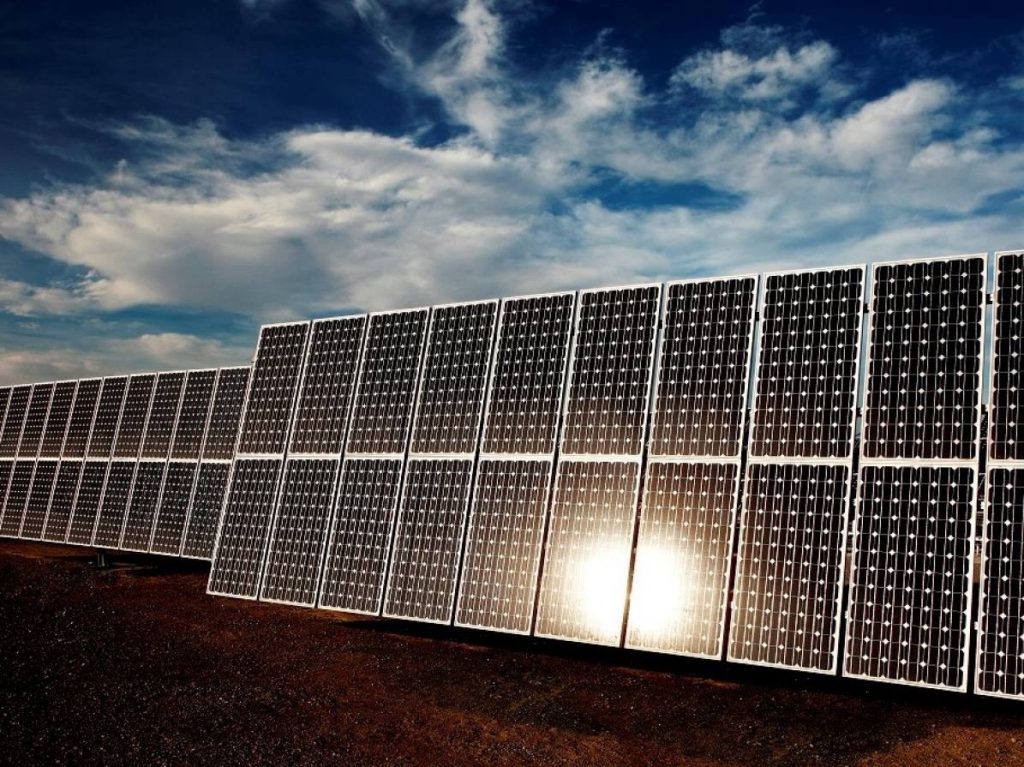The Impact of Heat on Solar Panel Efficiency

While it might seem counterintuitive, increased temperatures actually reduce the efficiency of solar panels. Photovoltaic modules are typically tested at 25°C (77°F). However, when installed in different locations, high temperatures can decrease their output efficiency by 10-25%. This is because as the temperature of a solar panel rises, its output current increases exponentially, while the voltage output decreases linearly. The reduction in voltage is so consistent that it can be used to accurately measure temperature.
The effect of heat can significantly diminish a solar panel’s power production. Fortunately, there are various strategies within the built environment to mitigate this issue.
Variation in Module Design and Semiconductor Compounds
Different solar panel designs and semiconductor compounds respond to temperature changes in unique ways. For instance, some materials might be more resilient to temperature fluctuations than others. Understanding these differences is crucial for optimizing efficiency.
Determining Your Panel’s Heat Tolerance
To determine your solar panel’s tolerance to heat, consult the manufacturer’s datasheet. Look for the “temperature coefficient (Pmax),” which indicates how much power the panel loses when the temperature rises by 1°C above 25°C, the standard test condition (STC) temperature.
For example, if a solar panel has a temperature coefficient of -0.258% per 1°C, its maximum power decreases by 0.258% for every degree above 25°C, and conversely increases by 0.258% for every degree below 25°C. This means that seasonal temperature variations will affect your panel’s efficiency, often balancing out over time.
Considerations for High-Temperature Regions
In regions where temperatures consistently exceed 25°C, alternative solar modules might be more effective. For example, thin film or cadmium telluride (CdTe) modules tend to perform better under high temperatures compared to mono- or polycrystalline modules, which have higher efficiency but also higher temperature coefficients. For large projects in hot climates, high concentration photovoltaic (HCPV) systems can be considered, although they are not suitable for smaller installations.
Additional Evidence
Research indicates that solar panels generally lose about 0.5% of their efficiency for each degree Celsius above 25°C . Innovative cooling technologies, such as passive cooling systems, liquid cooling, and the use of materials with better thermal management properties, are being developed to combat this issue . Moreover, tracking systems that adjust the angle of the panels to maximize exposure to cooler parts of the day can also help mitigate the effects of heat .
By understanding and addressing the impact of heat on solar panel efficiency, we can better optimize their performance across various climates and conditions.
References:
- Solar panel efficiency loss per degree Celsius increase. (Source: National Renewable Energy Laboratory)
- Passive and liquid cooling systems for solar panels. (Source: Journal of Renewable Energy)
- Advanced materials for thermal management in solar panels. (Source: Energy & Environmental Science Journal)
- Solar panel tracking systems and their benefits. (Source: IEEE Transactions on Sustainable Energy)
